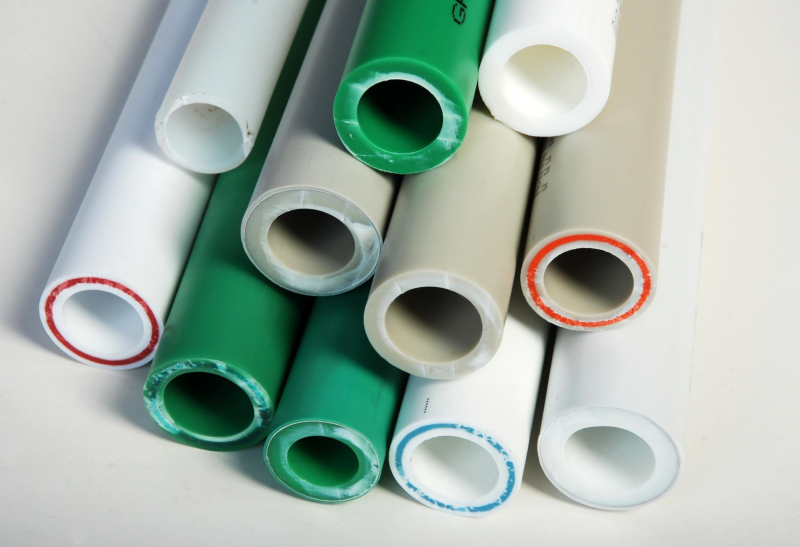The Importance of Tracer Wire for Utility Locating
Why is Tracer Wire Important?
Locating buried utilities using electromagnetic locating equipment involves applying an alternating current (AC) to the utility and tracing it with a locator. Alternatively, a passive locate involves searching for utilities that have been incidentally energized by nearby power souces.
Having AC on the utility in either scenario requires the utility to be metal. But water, wastewater, and natural gas pipes are commonly made of plastics such as polyethylene, PVC, or CPVC. Plastic piping has the benefit of being easy to cut and join without welding, doesn’t rust or corrode like metal pipes, and can be highly cost effective.
What happens when plastic pipes need to be located? This is where tracer wire comes in. Tracer wire is a type of insulated wire that is specifically used to assist with locating buried utilities. During installation, the tracer wire is buried along the length of the pipe. The wire is taped to the outer edge of the utility at regular intervals to keep it attached to the utility and protected from damage.
When the pipe needs to be located, the locate technician traces the wire instead of the utility. The transmitter applies a signal to the tracer wire, which can then be located using any receiver suitable for utility locating.
About Tracer Wire
Tracer Wire Types
Tracer wire comes in different materials including copper clad steel, copper, and stainless. In addition to the wire type, there are different sizes, jackets, coating types, and connections.
Tracer Wire Colors
Tracer wire comes in different colors to signify the type of utility it’s buried with based on the APWA uniform color code. For example, red designates electrical wiring, yellow signifies natural gas, orange designates communications, and blue designates potable water.
Locating Tracer Wire
To locate tracer wire, insert a grounding stake to improve the circuit, making it easier for the signal to be traceable farther down the line. Hook up to the tracer wire and the grounding stake using the transmitter’s direct connect leads, power on the transmitter, and select your desired frequency and output power.
Ideally, the tracer wire itself will have been grounded during installation, but that is not always the case. In the case of an ungrounded tracer wire, use a higher frequency to energize the wire.
Tracer wire can be located using RIDGID® SeekTech® or NaviTrack® locating transmitters and receivers. Contact your local RIDGID rep to learn more.


